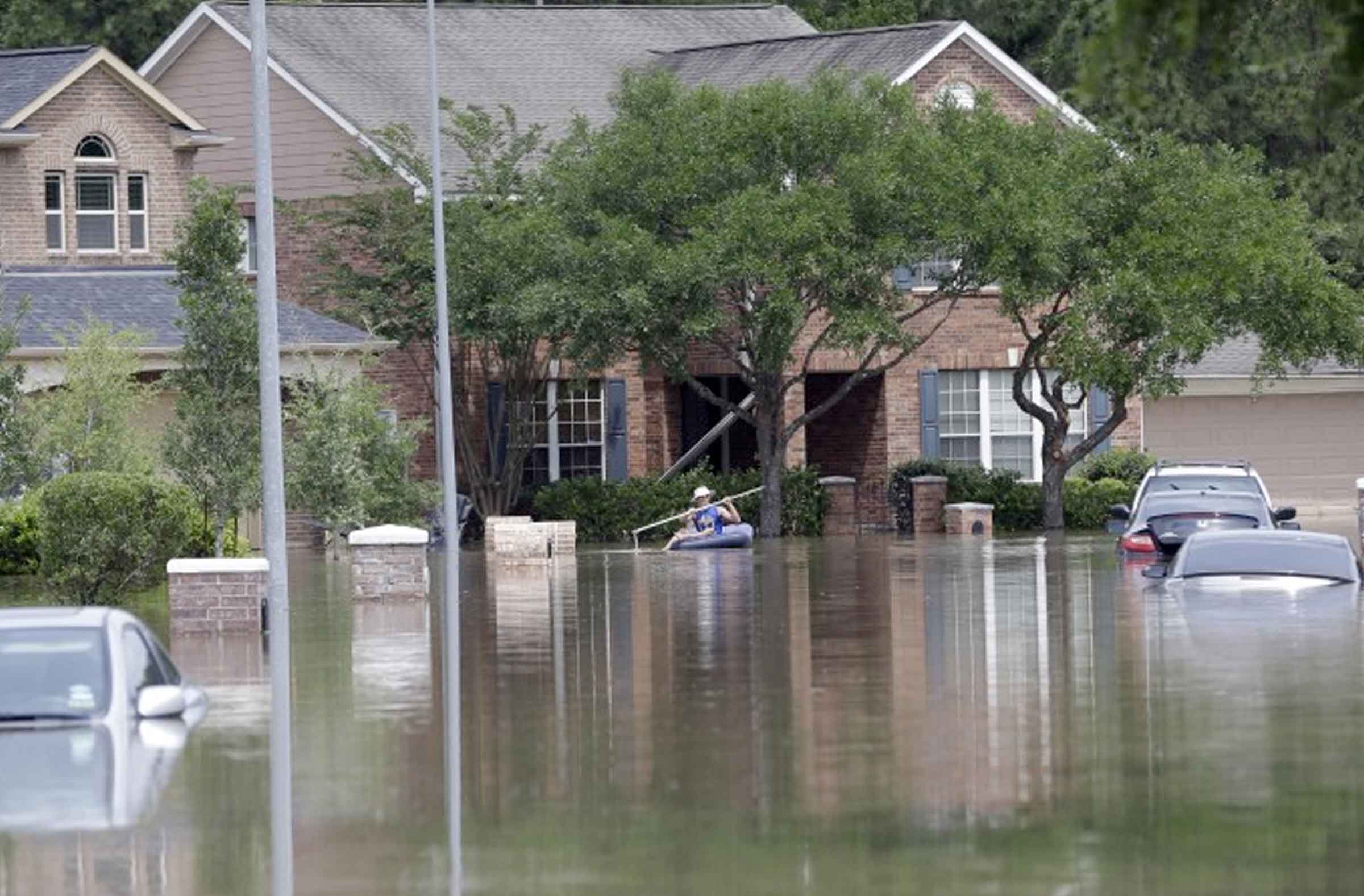Does your household have a flood safety plan? If you answered no, it’s time to change that fact. Although you might not realize it, floods cause 90% of the total damage from all natural disasters (excluding droughts) in the United States. But there are a lot of things you can do to minimize the risks of flood damage to your house and your family. Below are some important flood safety tips to help you understand how to protect your household:
- Know the flood risk in the area around your home. Your local city planning and zoning department can tell you about the elevation of your home and whether or not you live in a flood plain.
- Know the difference between a flood WATCH and a flood WARNING. According to the National Weather Service, a flood watch means that conditions are right for a flood to take place, but nothing has happened yet. A flood warning means that a flood is either imminent (about to happen) or is happening right now.
- Check with your homeowners insurance company. Many homeowners policies do not cover flood damage unless you specifically add such coverage. Also look into the National Flood Insurance Program if your insurance company doesn’t offer flood coverage.
- Develop a flood safety plan with your family. Make sure everyone in your family, including your children, knows where to go if they have to leave because of a flood. Pick a good meeting spot, ideally on higher ground. Natural disasters are confusing enough without having to worry about losing anyone.
- Flood-prep your home if you are at risk. If you live in a flood zone, keep documents and valuables in a water-proof container. Try to keep your furnace, water heater, and electric panel on higher floors if possible. Fresh water is often difficult to come by after a flood, and an undamaged water heater may be your best source of water.
- During a flood, know how to stay safe. Do not try to wade through flood waters, even if the water seems shallow. Many people are killed this way every year. Stay away from any flooded areas and try to get to higher ground. If you are in a vehicle and become surrounded by water, get out immediately and seek higher ground or shelter. Watch out for snakes in areas with creeks or marshes that have flooded. And do not eat anything that has come into contact with flood water – it is often full of bacteria and other germs.
- Have a disaster supply kit ready. This should include, at a minimum; a portable, battery-powered radio that will allow you to listen to the weather, a flashlight, a first aid kit, matches, a supply of any medications, blankets, spare clothes, 1 gallon of water per person per day, and 3 days’ worth of non-perishable food. Check here for a more complete supply list.
If you follow these tips your family will be well on the way to a safer flood plan. Just make sure you also prepare for the likely power outage! We’ve got you covered in that case with out generators. Feel free to let us know if you have any questions.
[Image: Texas Monthly]

